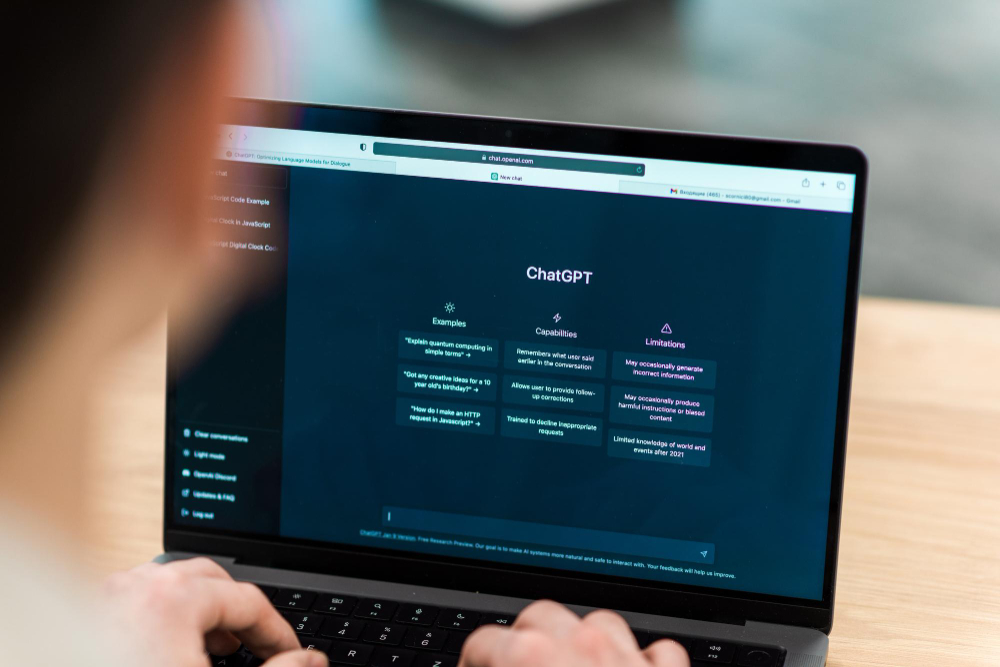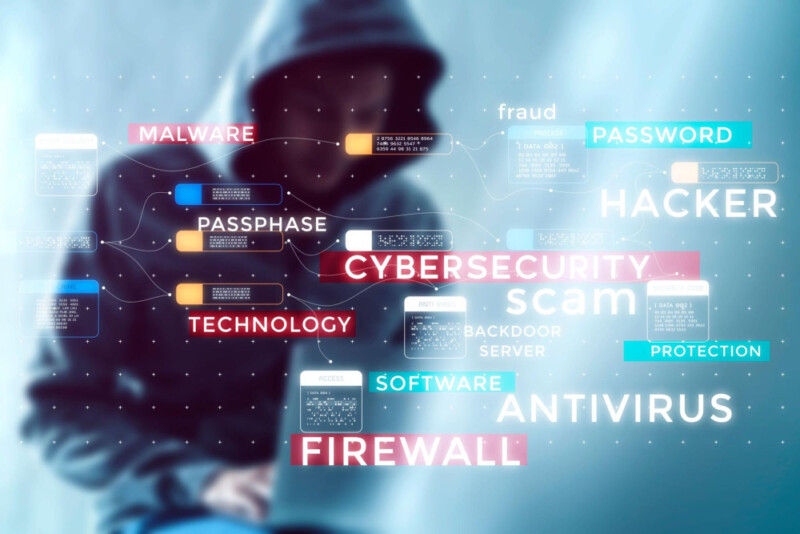- The tool covers a wide range of web vulnerabilities, from common ones like SQL Injection and Cross-Site Scripting to more advanced ones like Prototype Pollution and Remote Code Execution.
- Each vulnerability is accompanied by an explanation, making it educational for users who want to understand the risks and how to mitigate them.
- The tool has a straightforward interface, making it easy for users to pick a vulnerability and learn about it without much hassle.
- The tool offers further resources like glossaries, terms and conditions, and a privacy policy, providing users with more information and understanding of the security landscape.
- Without a sign-up or log-in feature, the tool may not offer personalized learning paths or track progress for individual users.
- Understanding vulnerabilities conceptually is one thing, but gaining practical experience through hands-on labs or challenges is crucial for deepening understanding and building skills.
- Pico Build Your Own Web Apps in Minutes with Pico
- Temp Mail What’s the Secret to Staying Anonymous Online with Your Email?
- Codecademy Interactive Learning: Where Dreams Meet Code
- Browse.ai Browse AI: Scraping Data from Websites Without Coding!
- Zefi Zefi AI Review 2025- Overview, Features, and Alternatives!
- Blackbox Breaking Barriers in Tech: How AI is Changing Software Development
- Imagica Empower Your Creativity: Building No-Code AI Apps in Minutes
- Parsio Automating Data Extraction with Parsio: A Game-Changer for Educators and Students
- BugHerd How to Handle Web Development Clients and Issues Effectively?
- Codeium Codeium Tool: AI Tool For Mobile and Web Developers!
- Neverinstall 5 Ways Cloud Computing Can Boost Your Productivity
- Virustotal How Does Sandbox Technology Help in Detecting Malware?
- Tabhub 9 Essential Strategies for Effective Browser Tab Management
Table of Contents
- Why Should Educators and Students Care About Cybersecurity?
- Getting Started with Cybersecurity in Education
- 1. Learn the Basics of Cybersecurity
- 2. Explore Educational Resources
- 3. Hacksplaining: Security Training for Developers
- 4. Stay Informed and Engage in Discussions
- 5. Practice Ethical Hacking
- 6. Collaborate and Learn Together
- Conclusion
Cybersecurity has become a paramount concern for individuals, businesses, and organizations of all sizes. With the proliferation of digital technologies and the rapid growth of online activities, the need for understanding and mitigating cyber threats is more critical than ever.
This holds particularly true for those involved in the field of education, including teachers, students, coaches, educators, and anyone interested in educational tools.
In this article, we will explore the importance of understanding cyber threats in the development process and provide a comprehensive guide on how to get started.
Why Should Educators and Students Care About Cybersecurity?
While these technological advancements have revolutionized education, they have also introduced a new set of challenges, primarily related to cybersecurity.
Here are the reasons educators should be concerned about, cybersecurity;
Protecting Personal Information: The internet's educational benefits come with risks like cyber threats and data breaches, leading to exposure of sensitive information such as financial details and addresses. Educators and students must practice vigilant data protection to prevent identity theft and privacy invasions, necessitating robust cybersecurity measures and education in safe online practices.
Safeguarding Intellectual Property: For educational institutions that produce research and content, protecting intellectual property from cyber threats like data theft and plagiarism is vital. Secure data storage, strict access controls, and comprehensive data management policies are essential to prevent unauthorized access and maintain academic integrity.
Ensuring Continuity of Learning: Cyberattacks can disrupt online classes and digital platforms, threatening the continuity of education. Educators and students need proactive strategies, including firewalls, antivirus software, and secure network protocols, to mitigate these risks. Regular updates and backups are also crucial for maintaining the flow of education.
Getting Started with Cybersecurity in Education
Now that we've established the importance of cybersecurity in education, let's explore how teachers, students, coaches, educators, and enthusiasts can get started in understanding cyber threats in the development process.
1. Learn the Basics of Cybersecurity
Begin your journey by gaining a foundational understanding of cybersecurity concepts. Familiarize yourself with key terms, such as:
Cyber Threats: It's important to learn about common cyber threats to stay protected. This includes understanding malware, which can damage or disable computers, phishing scams that trick you into revealing personal information, ransomware that locks access to your data demanding payment, and social engineering attacks that manipulate individuals into divulging confidential information.
Vulnerabilities: Understanding vulnerabilities is key in cybersecurity. Vulnerabilities are weaknesses in a system that can be exploited by cybercriminals to gain unauthorized access or cause harm. These can exist in software, hardware, or user behavior. Recognizing these weaknesses helps in taking proactive measures to secure systems against attacks.
Security Best Practices: Discovering and implementing essential security practices is vital for cyber protection. This includes managing passwords effectively through strong, unique passwords and using password managers, regularly updating software to patch vulnerabilities, and developing safe browsing habits like avoiding suspicious links and using secure, encrypted connections.
2. Explore Educational Resources
There are numerous online resources tailored for educators and students interested in cybersecurity. Some valuable options include:
Online Courses: Enrolling in cybersecurity courses on platforms like Coursera, edX, and Udemy is a great way to enhance your knowledge. These platforms offer a variety of courses tailored to different skill levels, from beginners to advanced learners. Look for courses that provide practical, hands-on exercises, and real-world case studies. This approach ensures that you not only learn theoretical aspects but also gain practical skills that are vital in the cybersecurity field.
Hackathons and Capture the Flag (CTF) Challenges: Participating in CTF challenges or hackathons is an excellent way to apply your cybersecurity skills in real-world scenarios. These events are competitive and involve solving security-related problems or finding and exploiting vulnerabilities in a controlled environment. They are not only a great learning experience but also a chance to network with other cybersecurity enthusiasts and professionals.
Educational Websites: Exploring educational websites like OWASP (Open Web Application Security Project) and Hacksplaining provides in-depth, up-to-date information on various cybersecurity topics. OWASP is renowned for its resources on web application security, offering guidelines and tools to improve software security. Hacksplaining offers interactive learning experiences, presenting complex security concepts in an easy-to-understand manner. Both are invaluable resources for anyone looking to deepen their understanding of cybersecurity.
3. Hacksplaining: Security Training for Developers
One excellent resource for both beginners and experienced individuals in the field of cybersecurity is Hacksplaining. Hacksplaining offers comprehensive security training for developers, making it an ideal choice for educators and students looking to dive into the world of cybersecurity. Let's delve deeper into its features and benefits:
Hacksplaining Features
Hack Real, Vulnerable Web Applications: Hacksplaining provides a unique and practical learning experience by allowing users to hack into real, vulnerable web applications. This hands-on approach helps in understanding how various security exploits work, offering a safe and legal environment to practice skills. By attacking these controlled, intentionally vulnerable apps, learners can see the immediate impact of security weaknesses, gaining valuable insights into the nature of cyber threats.
Major Vulnerabilities Coverage: It's essential to explore and understand all major vulnerabilities that can threaten your technology stack. This includes learning about common and critical vulnerabilities like SQL injection, which allows attackers to interfere with database queries, cross-site scripting (XSS), which enables attackers to inject malicious scripts into web pages viewed by other users, command execution, which involves executing arbitrary commands on a host operating system, and clickjacking, a technique where users are tricked into clicking something different from what they perceive. Understanding these vulnerabilities is key to building robust security defenses.
Concrete Code Samples: Reviewing concrete code samples that illustrate security flaws in major programming languages is an effective way to learn about cybersecurity. These examples provide clear insight into how common vulnerabilities manifest in code and offer practical ways to identify and rectify these issues. Learning from these samples helps in understanding the intricacies of secure coding and how to implement best practices in different programming languages.
Importance of Secure Coding: Understanding the importance of secure coding practices at every step of the development cycle is crucial for creating secure applications. Secure coding is not just about fixing vulnerabilities; it's about integrating security into the entire software development lifecycle. This approach minimizes the risk of security breaches and ensures the development of robust and reliable software products.
Interactive Quizzes: Interactive quizzes are a great way to test and reinforce your knowledge as you learn about cybersecurity. They provide immediate feedback on your understanding of each topic, helping to identify areas where more study may be needed. These quizzes make learning engaging and help in retaining the information more effectively, ensuring a deeper comprehension of cybersecurity concepts.
Hacksplaining Unique Offers for Learners
Hacksplaining offers a unique and beneficial approach to cybersecurity education, advantageous for both educators and students, let’s take a look at some of them;
Hands-on Learning: One of the key advantages of Hacksplaining is its practical, hands-on approach to learning about cybersecurity. This interactive method engages students far more effectively than traditional lecture-based learning.
For educators, incorporating Hacksplaining into their curriculum allows them to provide experiential learning opportunities where students can apply theoretical knowledge in real-life scenarios. This approach not only enhances understanding but also keeps students engaged and motivated.
Real-World Relevance: Hacksplaining's focus on real-world vulnerabilities and exploits is invaluable for bridging the gap between theoretical knowledge and practical application.
Students gain insights into how cybersecurity concepts are applied in real situations, preparing them for the challenges they may face in the professional world. This relevance to real-world scenarios makes the learning process more meaningful and contextual.
Comprehensive Coverage: The platform covers a wide range of vulnerabilities, offering educators the flexibility to tailor their lessons to specific topics or to provide a broad, holistic understanding of cybersecurity.
This comprehensive coverage ensures that students are exposed to a variety of cybersecurity aspects, from basic to advanced levels, making their education thorough and well-rounded.
Self-Paced Learning: Hacksplaining's interactive and user-friendly format allows students to learn at their own pace, accommodating diverse learning styles and paces. This flexibility is especially beneficial in an educational setting, where students may have varying levels of prior knowledge and different rates of learning. The ability to control the pace of their learning helps students to better absorb and retain information.
Skill Enhancement: For students aspiring to careers in cybersecurity, Hacksplaining is an excellent platform for enhancing their skills and building a strong foundational knowledge. The practical experience gained through Hacksplaining can be a significant advantage in the job market, where employers increasingly value hands-on skills and real-world experience.
4. Stay Informed and Engage in Discussions
Cybersecurity is a dynamic field, and it's essential to stay updated with the latest developments and trends. Follow cybersecurity news, blogs, and forums to keep your knowledge current. Engage in discussions with peers, mentors, or online communities to share insights and seek guidance.
5. Practice Ethical Hacking
Ethical hacking involves simulating cyberattacks to identify vulnerabilities and weaknesses in systems. While this might sound intimidating, it's an invaluable skill for understanding cyber threats. You can practice ethical hacking in controlled environments and even pursue certifications like Certified Ethical Hacker (CEH) to formalize your skills.
6. Collaborate and Learn Together
Educators can foster a collaborative learning environment by encouraging students to work on cybersecurity projects together. Group activities, such as designing and securing web applications, can provide valuable hands-on experience and promote teamwork.
Conclusion
As the digital landscape continues to evolve, the importance of understanding cyber threats in the development process cannot be overstated, especially for educators, students, coaches, and anyone interested in educational tools. Cybersecurity education is essential for safeguarding personal information, protecting intellectual property, and ensuring the continuity of learning.
By following the steps outlined in this guide and utilizing resources like Hacksplaining, individuals can embark on a journey to become more cyber-aware and contribute to a safer digital environment. Embrace the opportunity to learn and grow in the realm of cybersecurity, and you'll be better equipped to face the challenges of our increasingly connected world.

































Comments are closed.